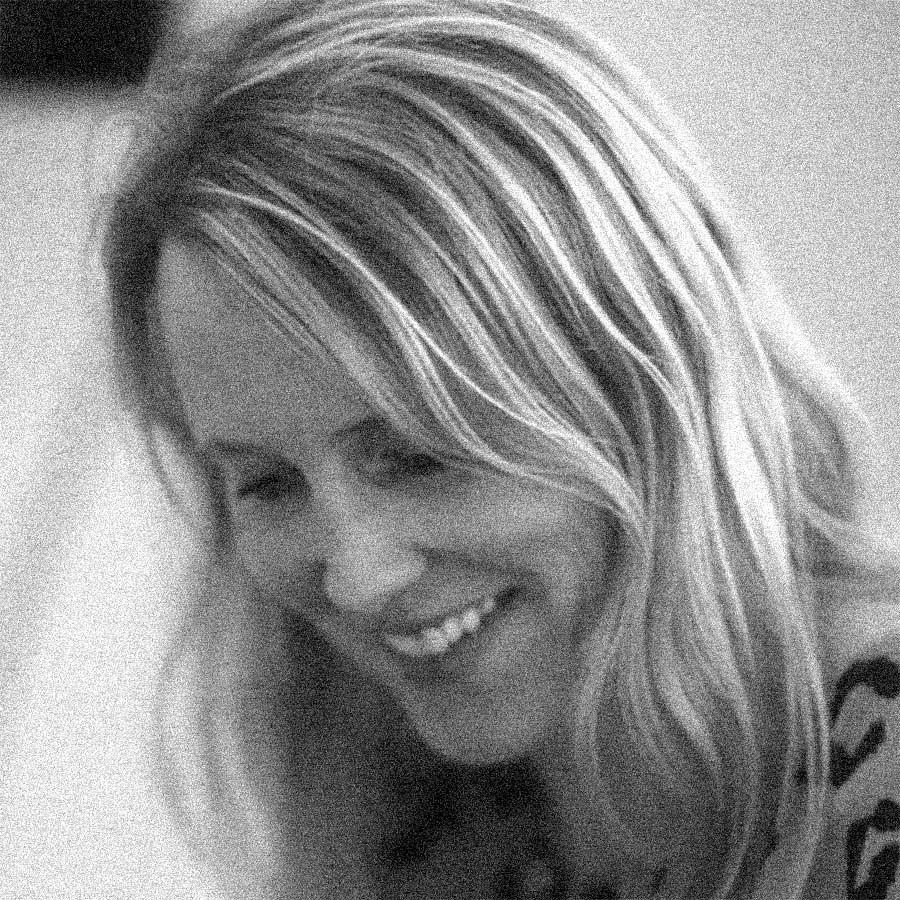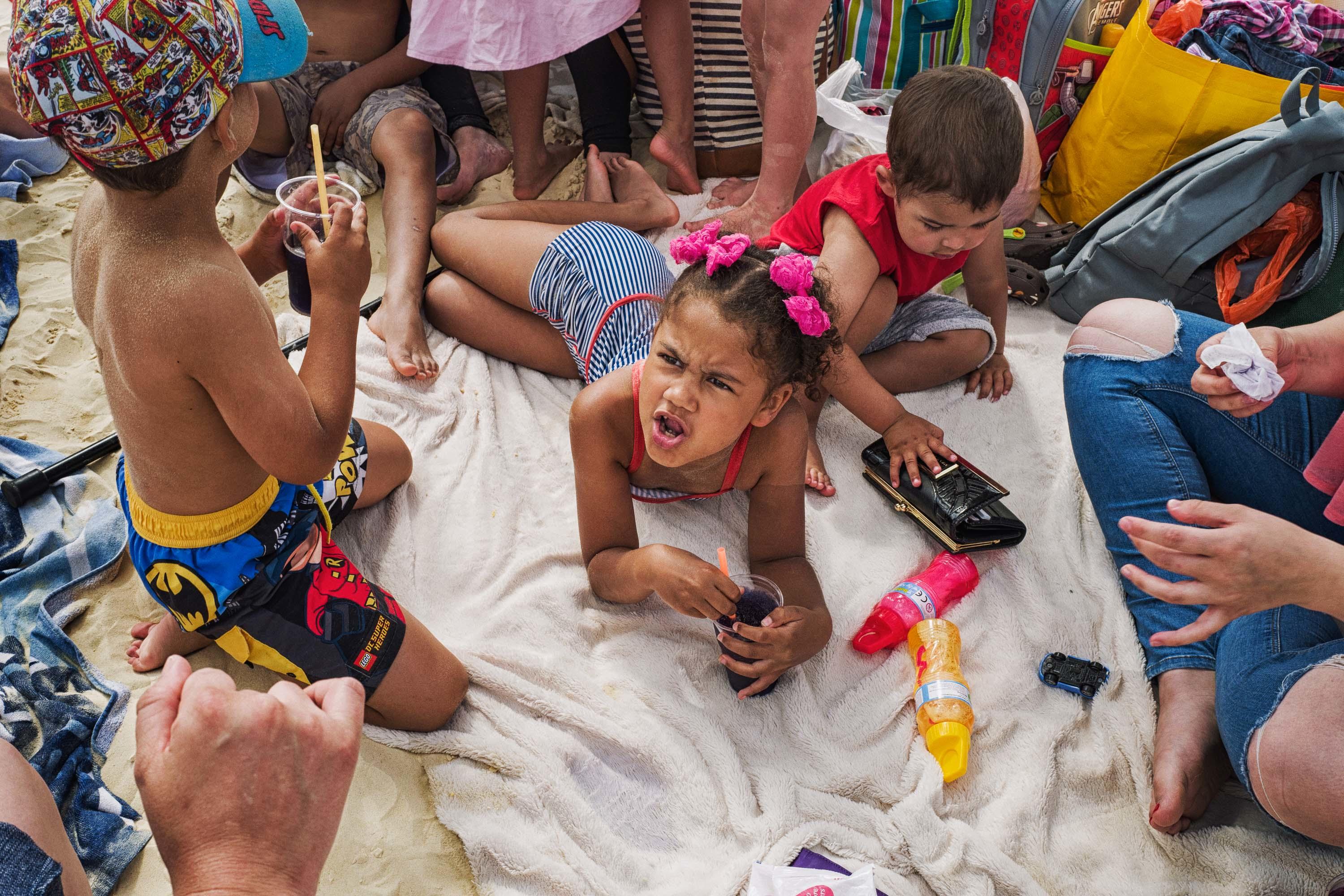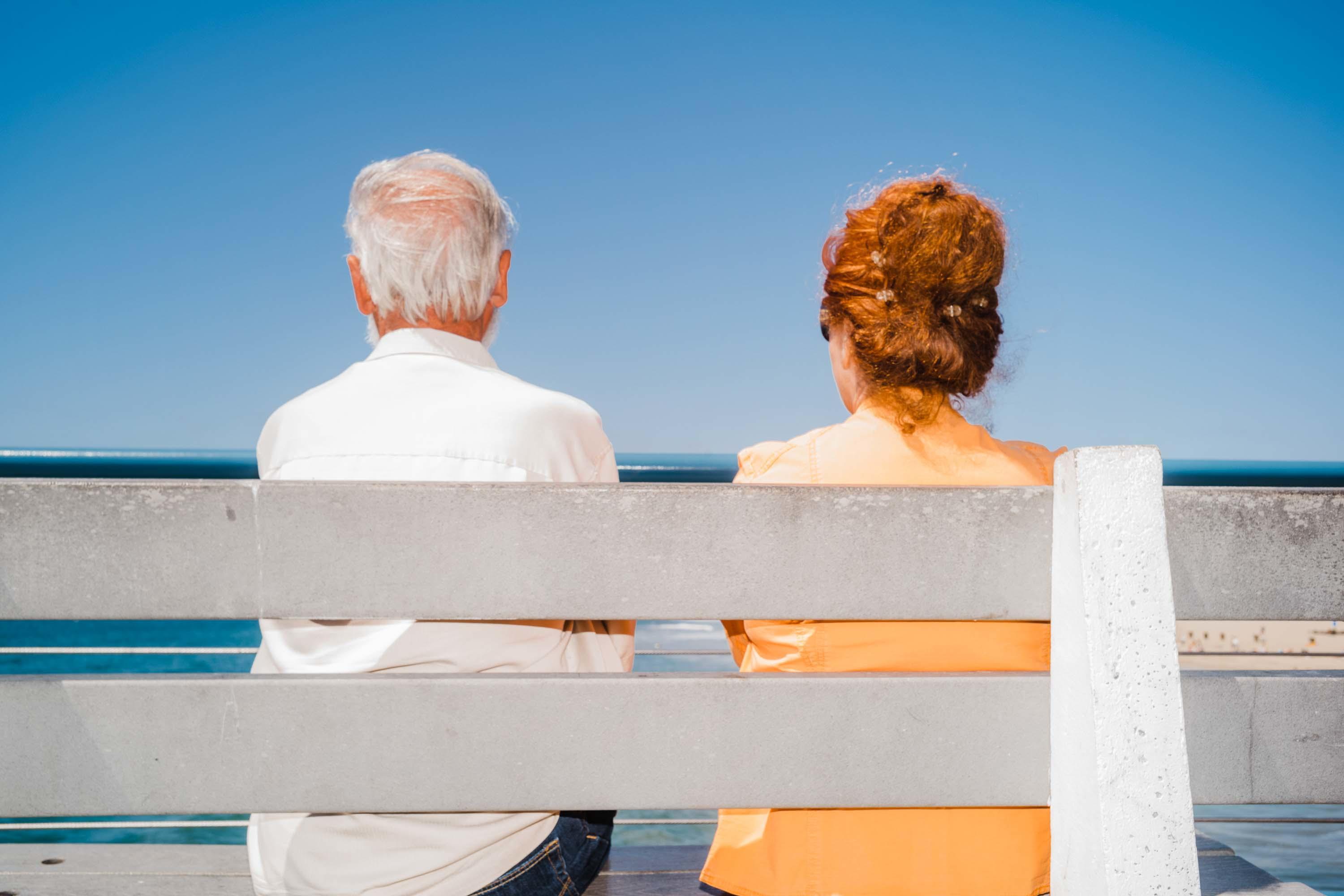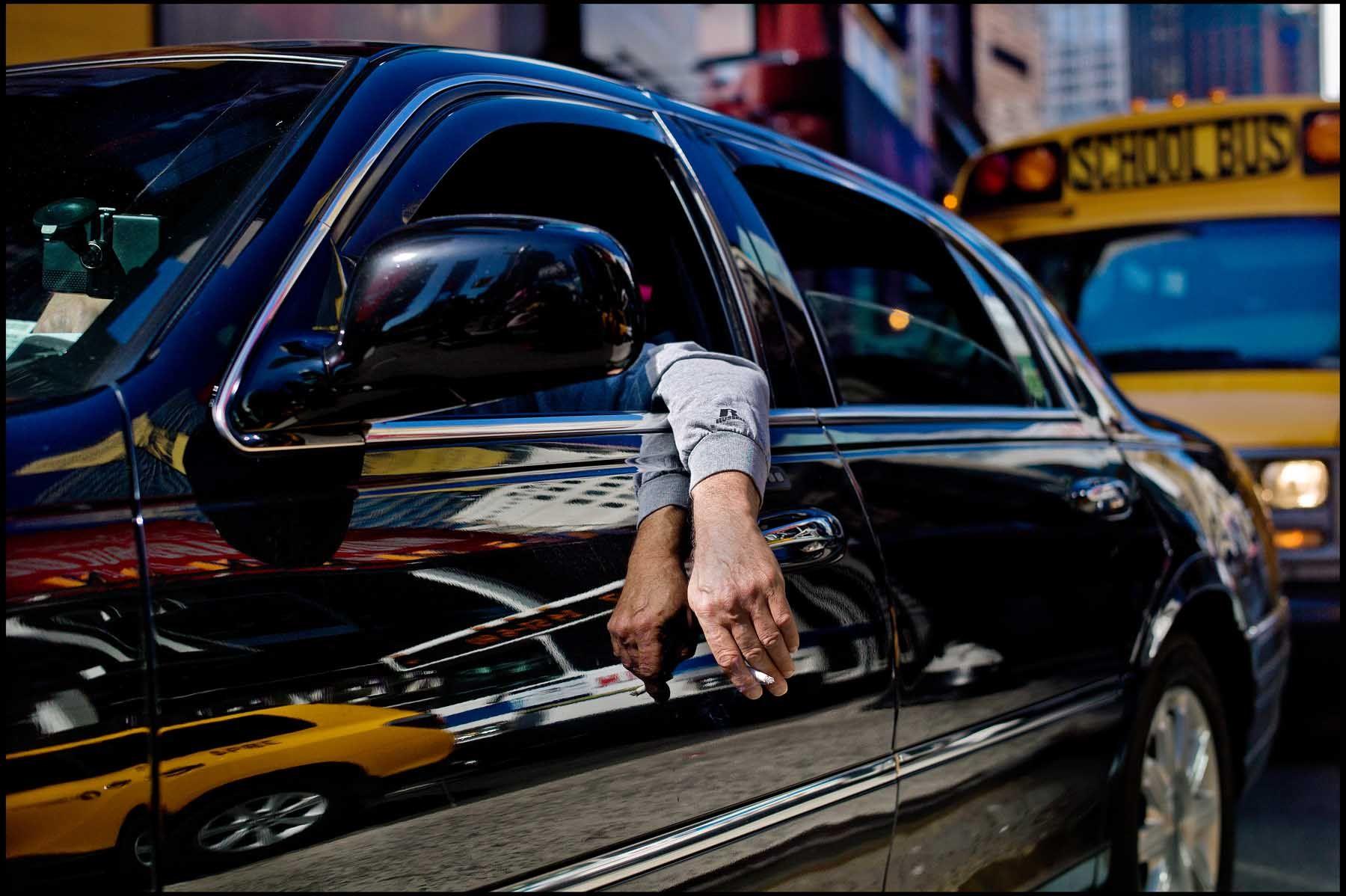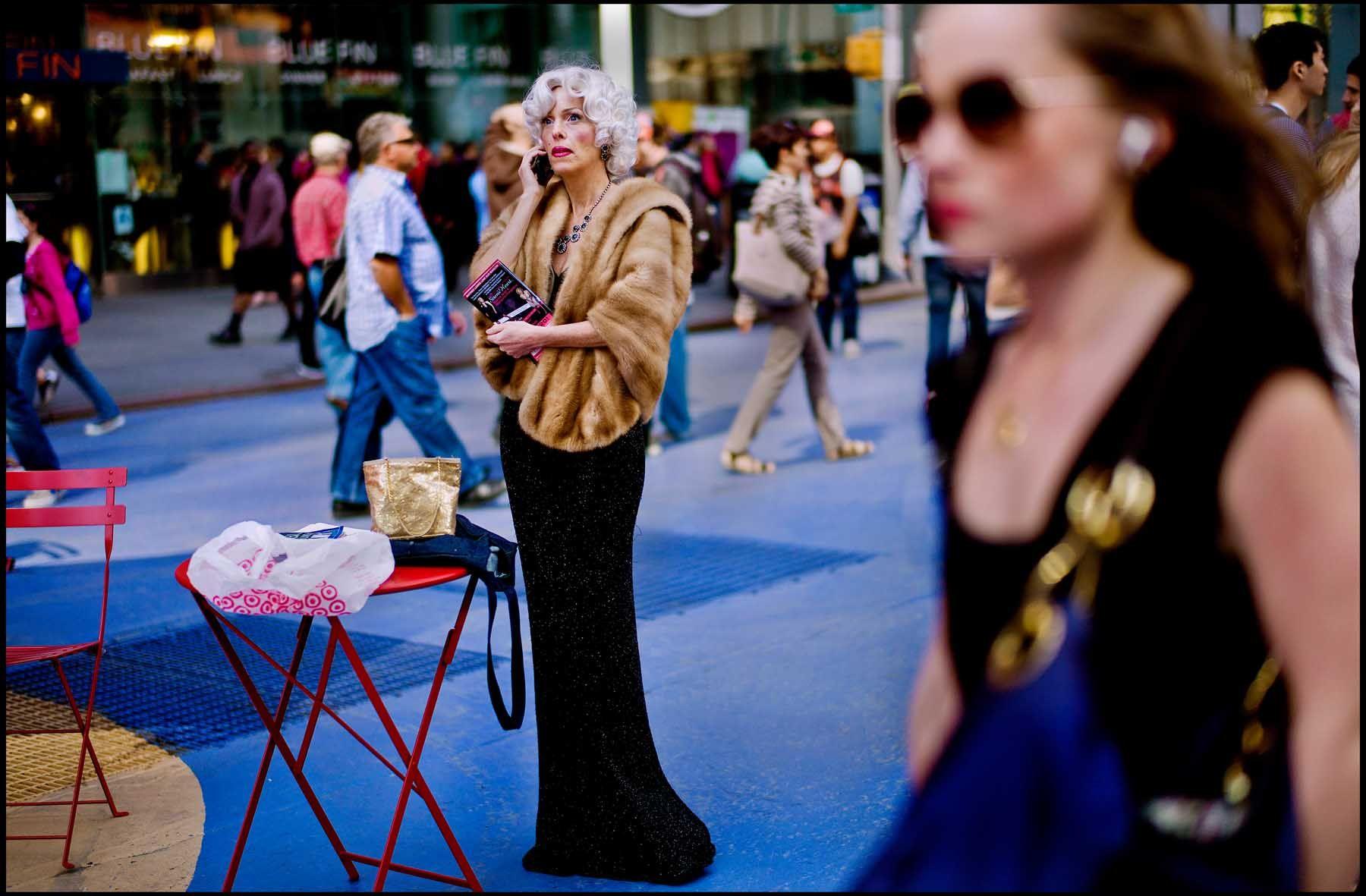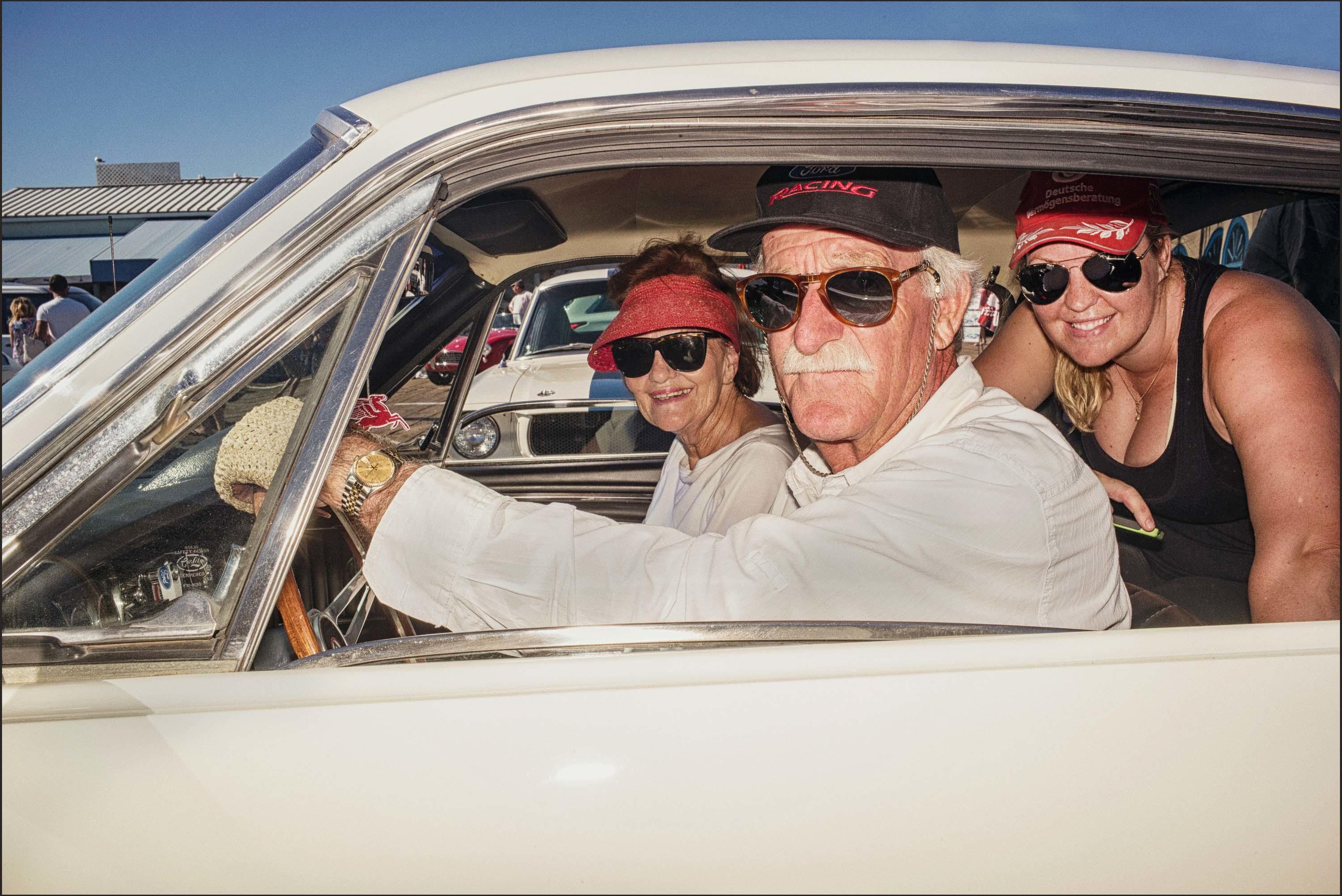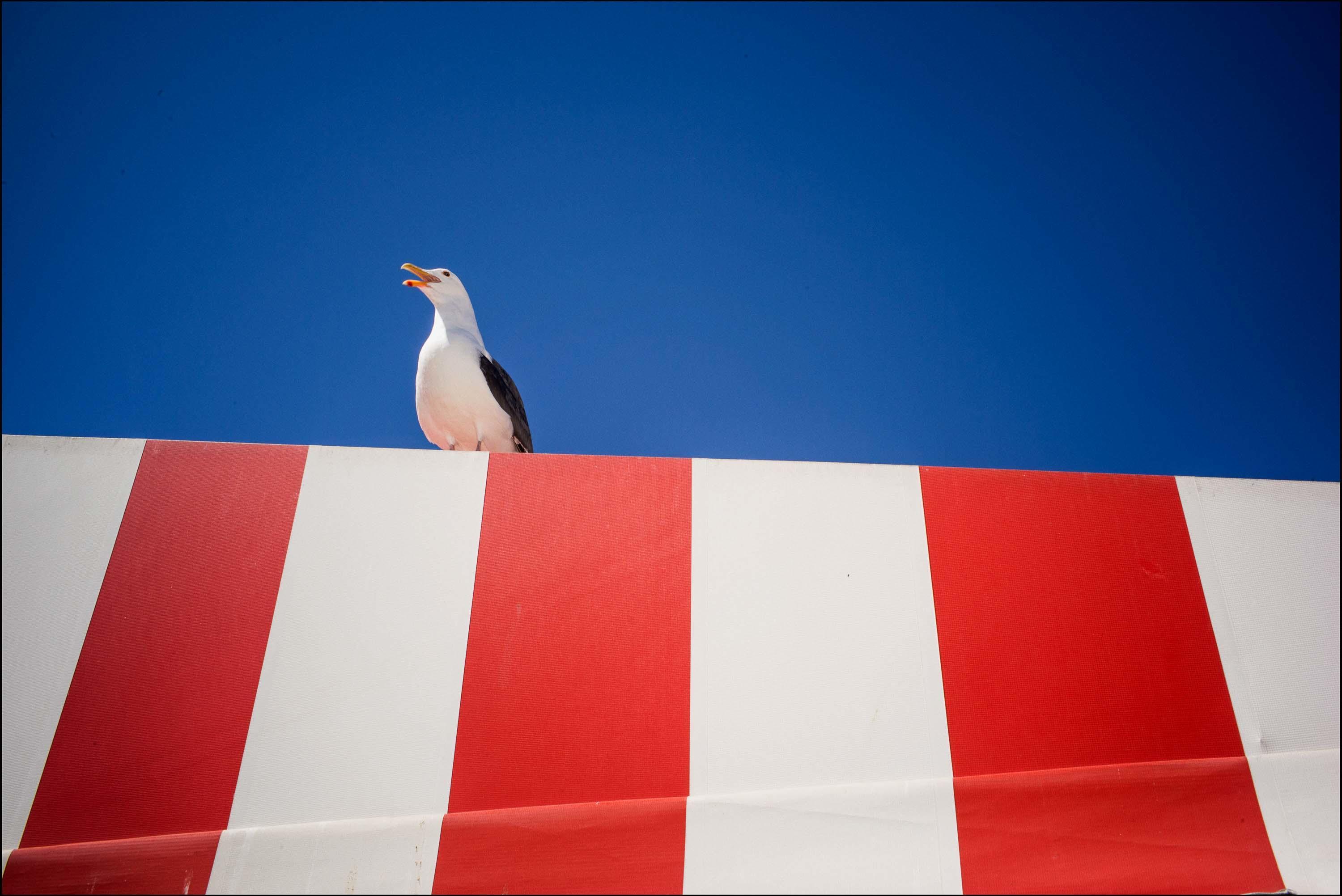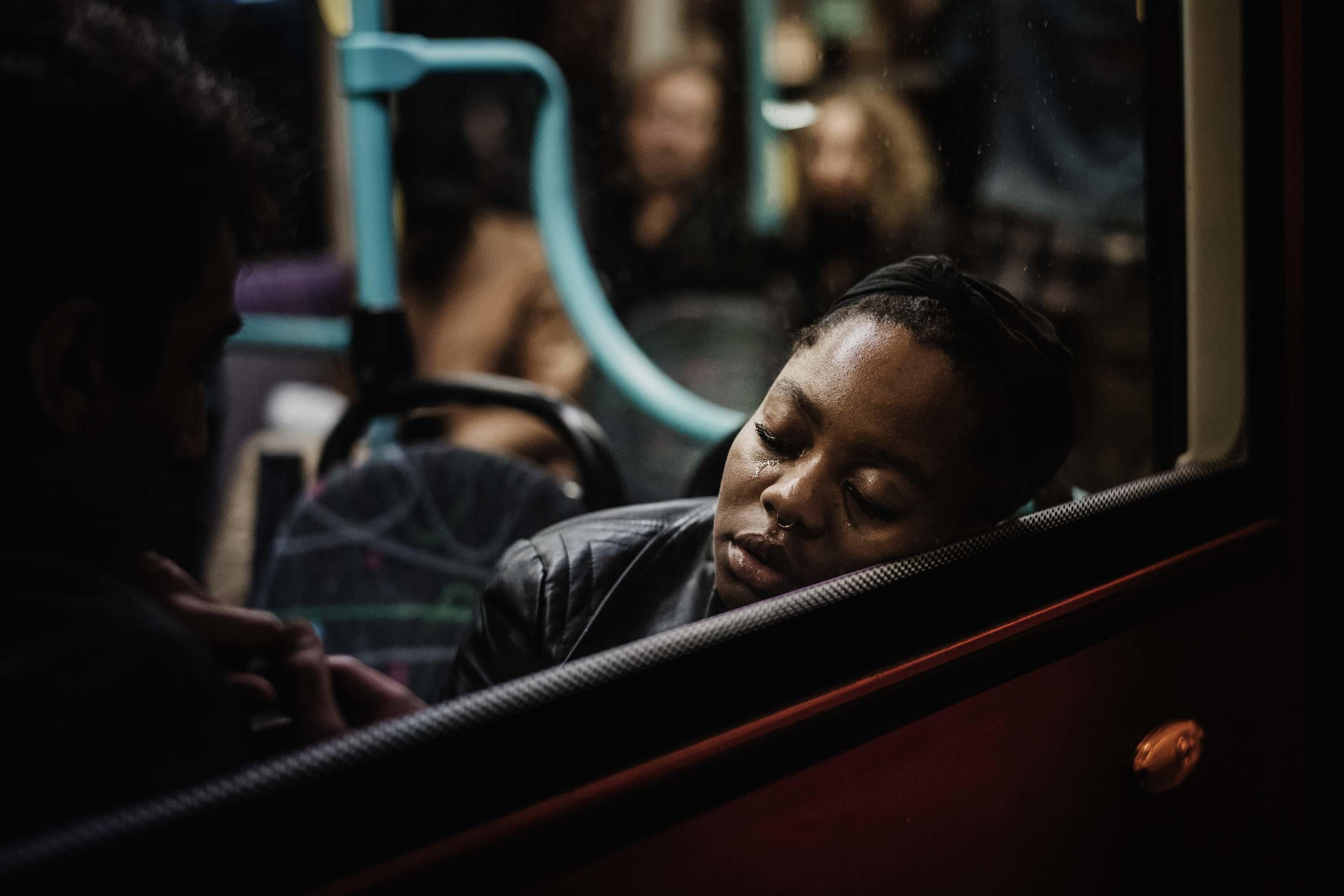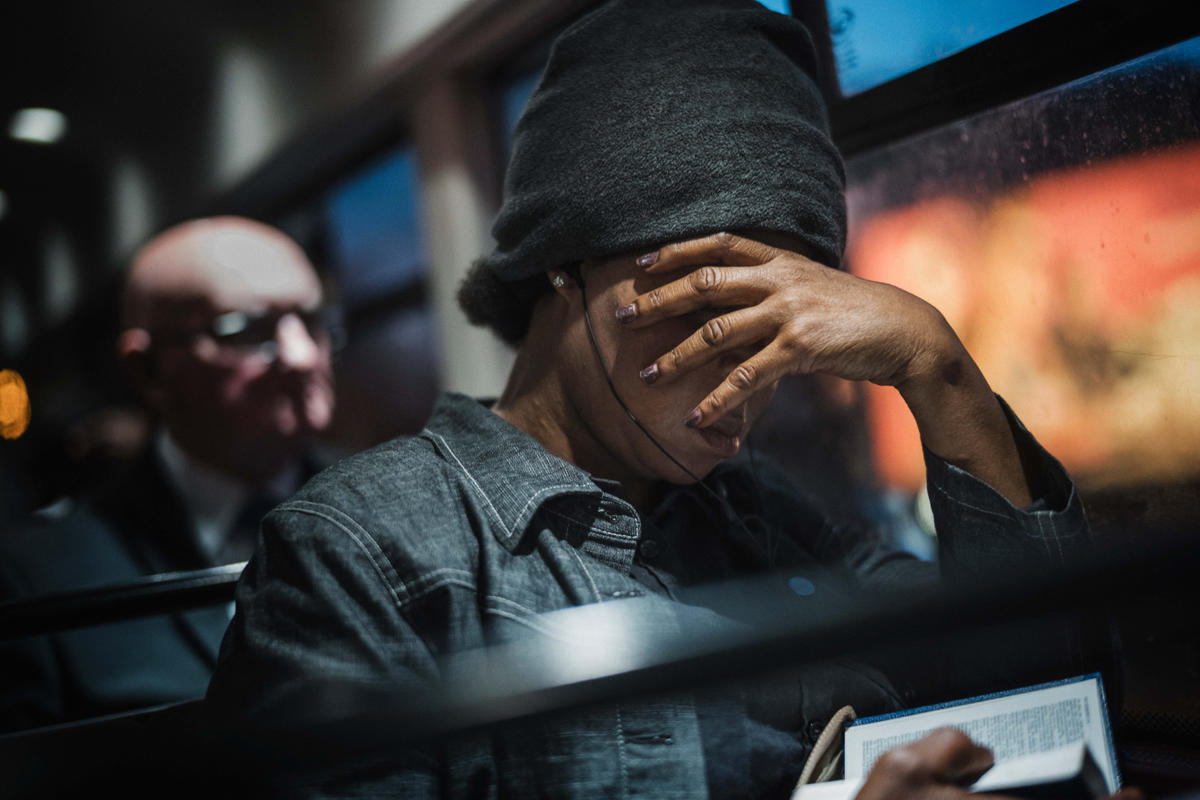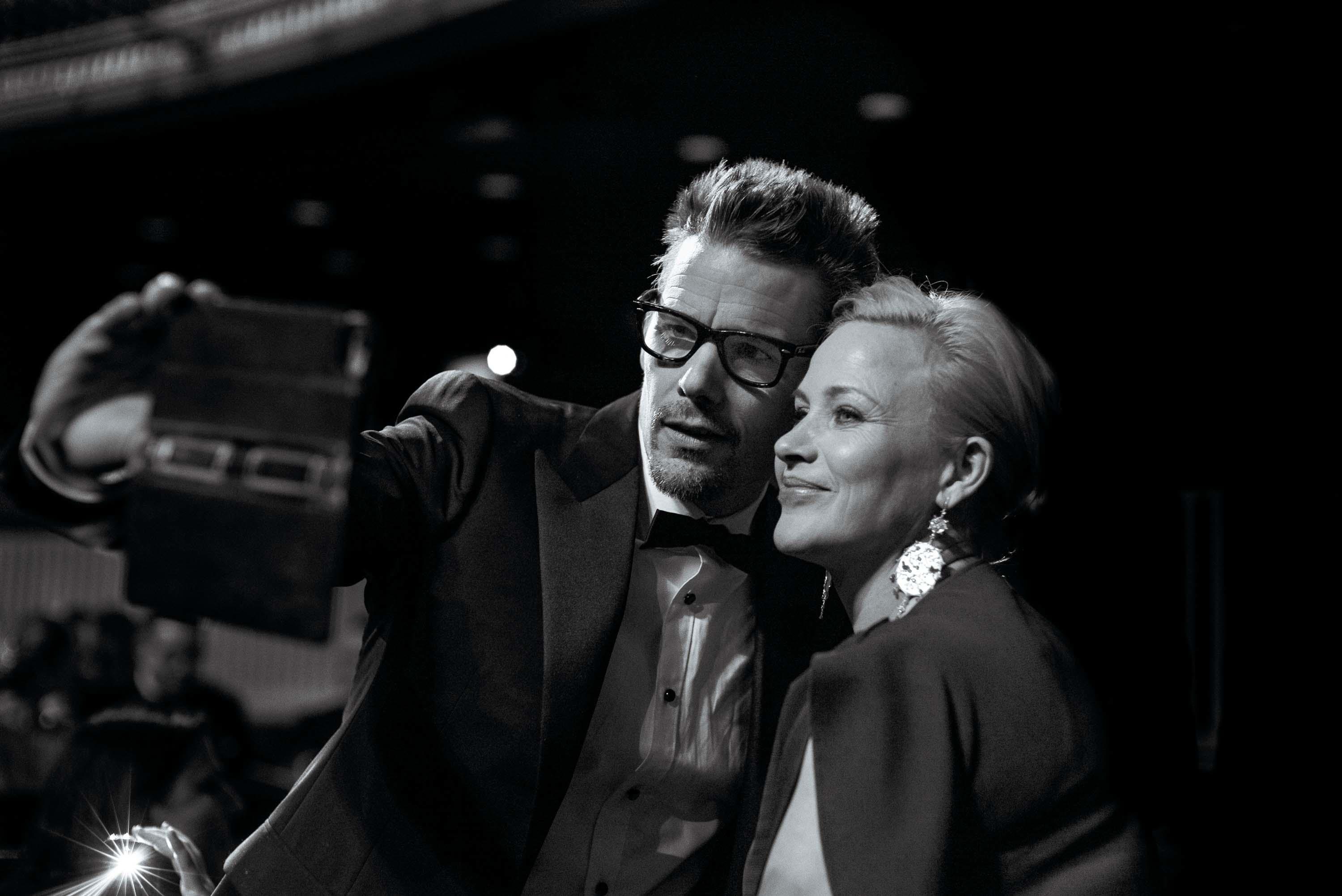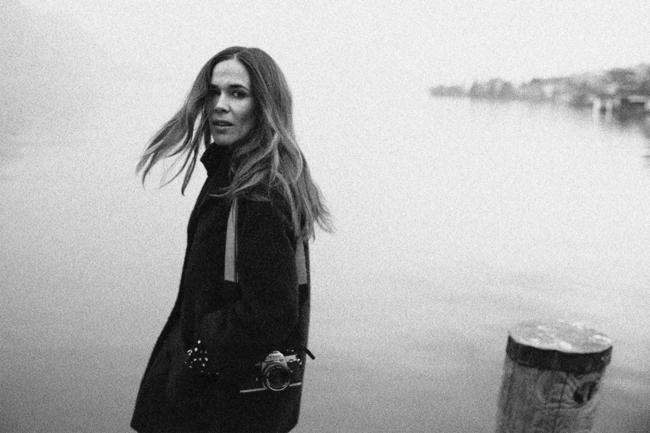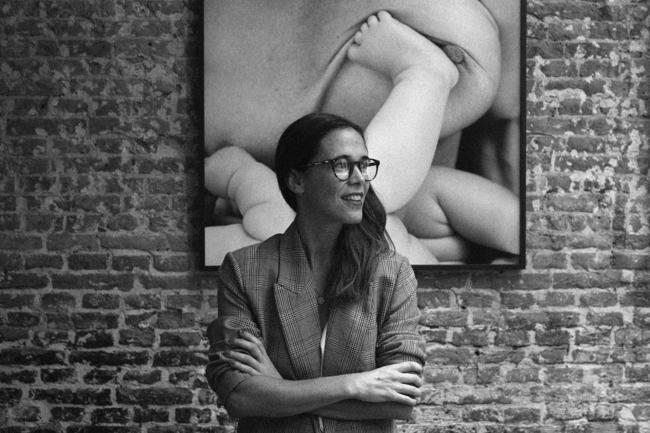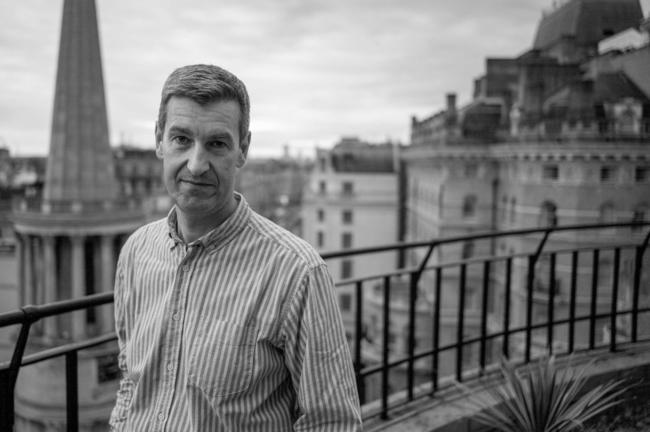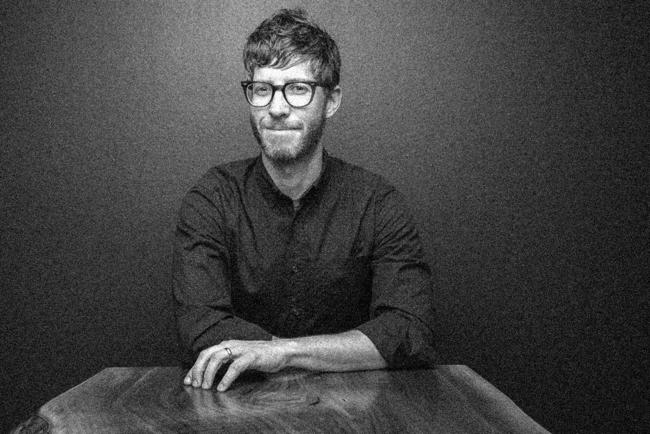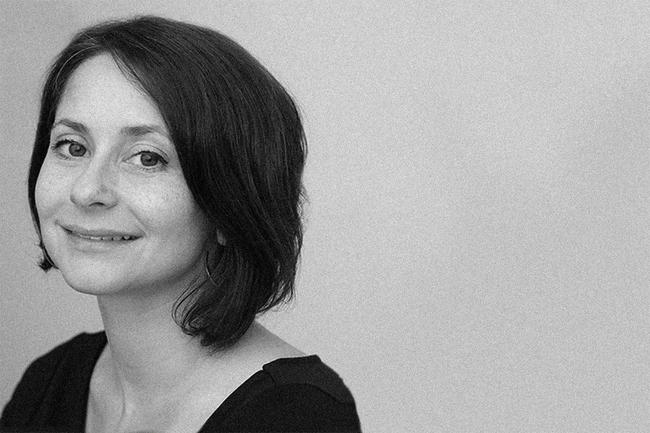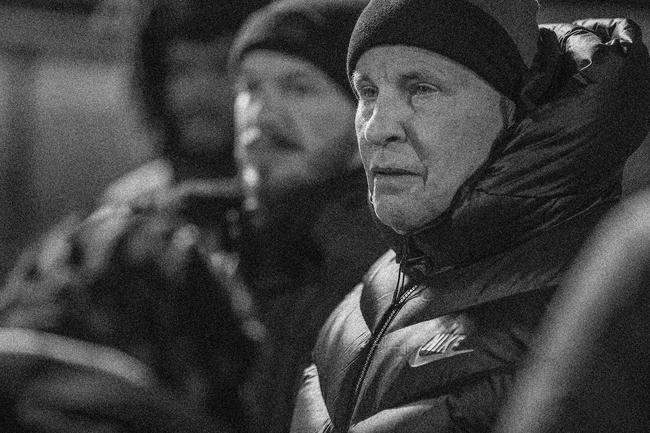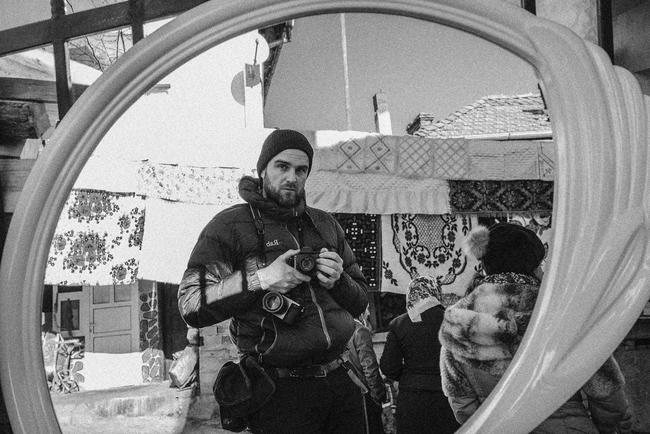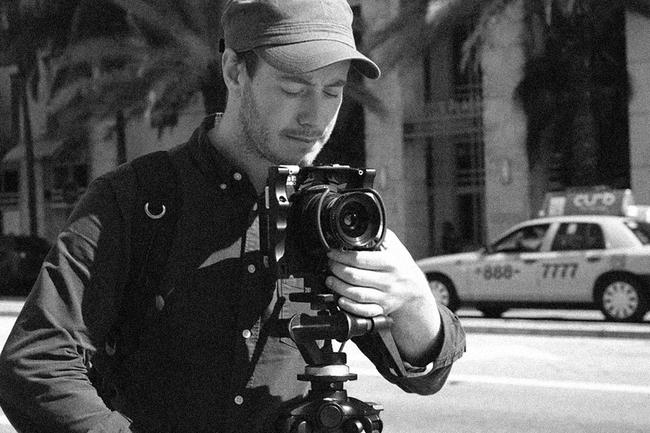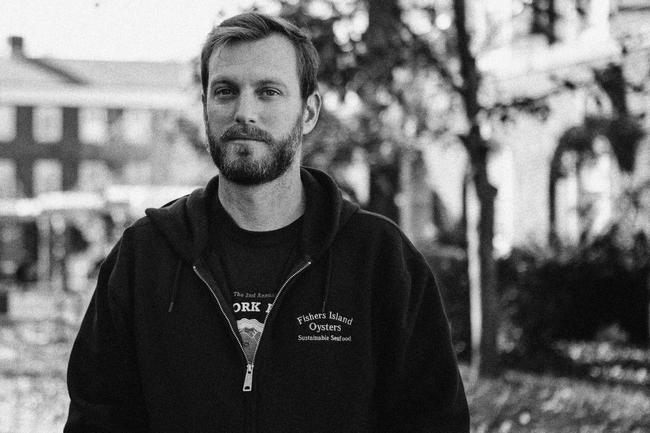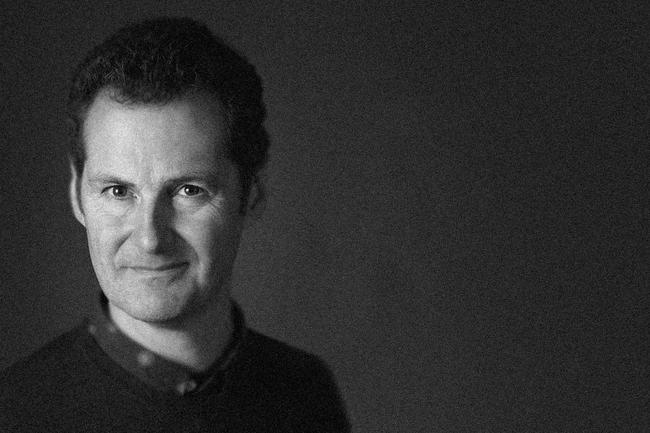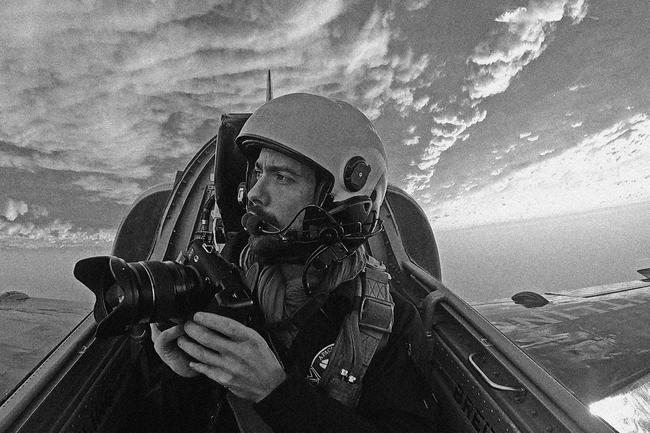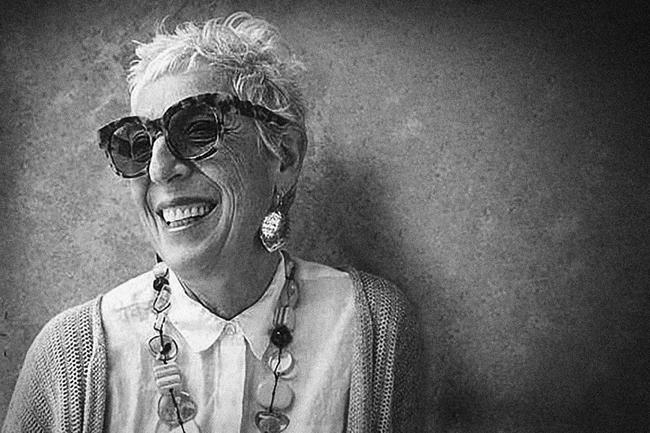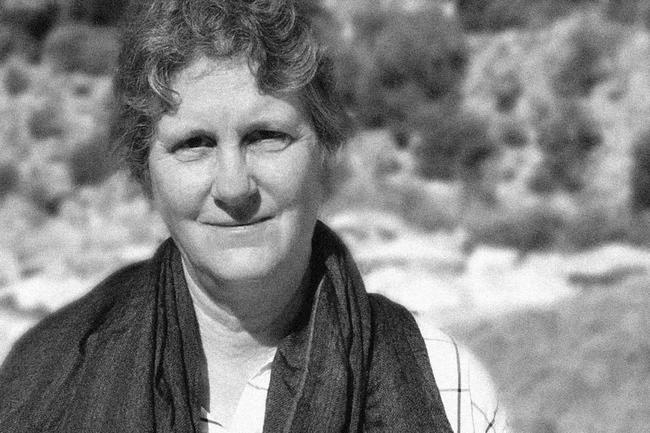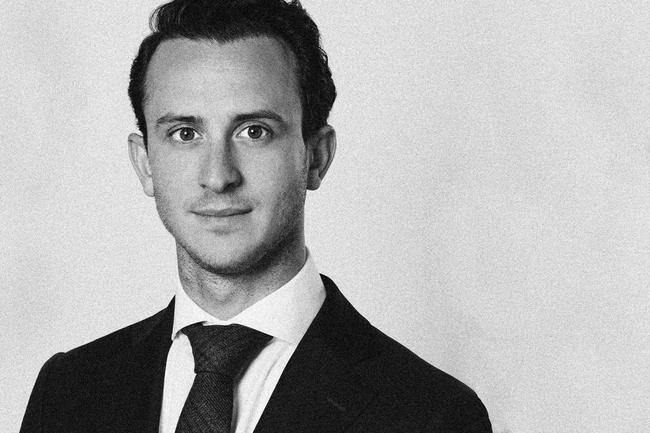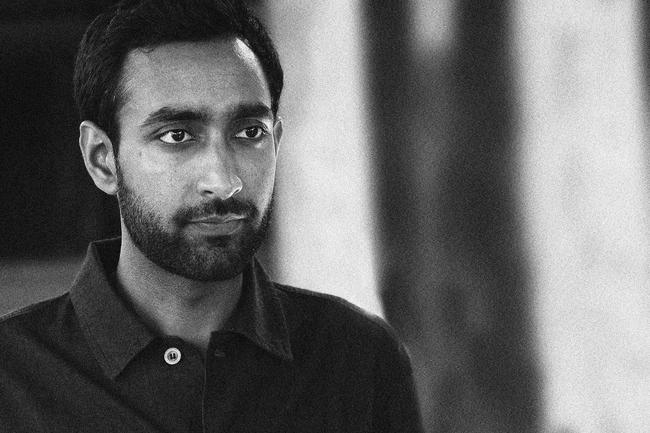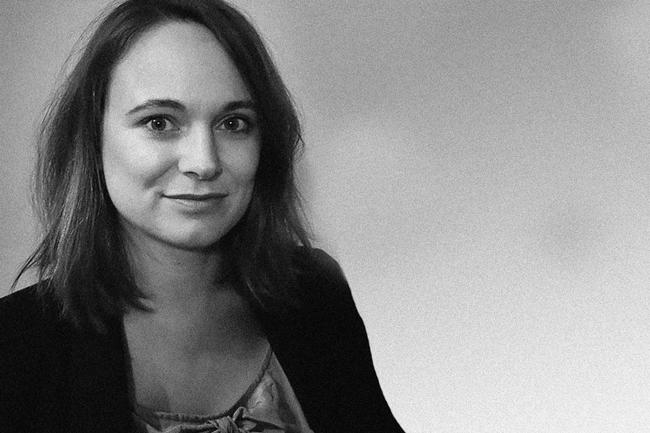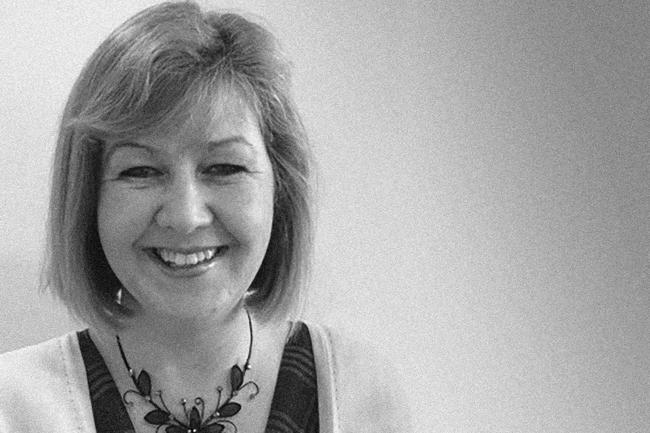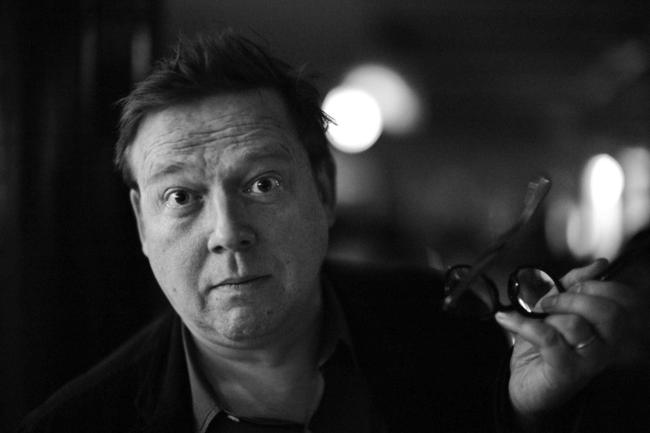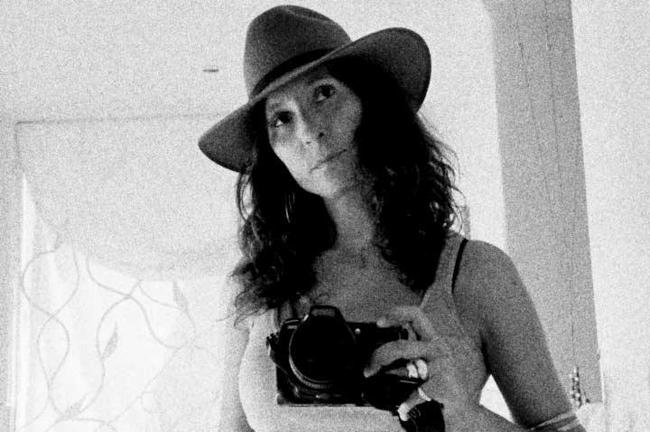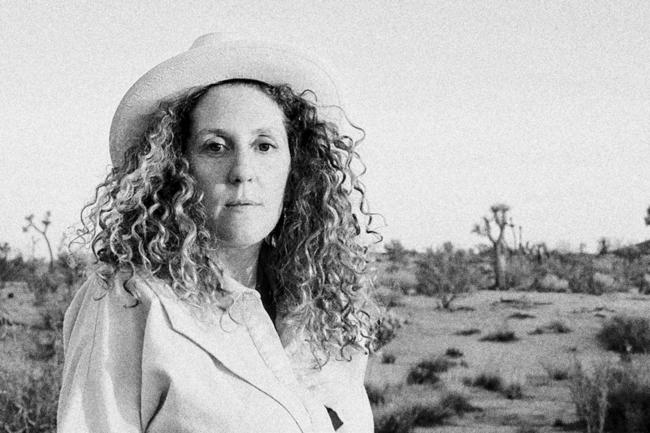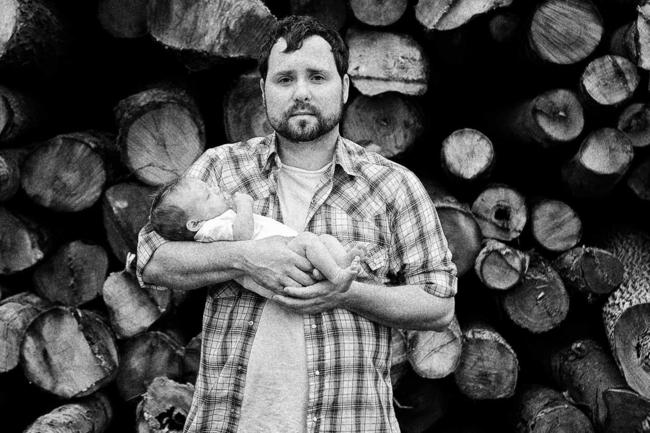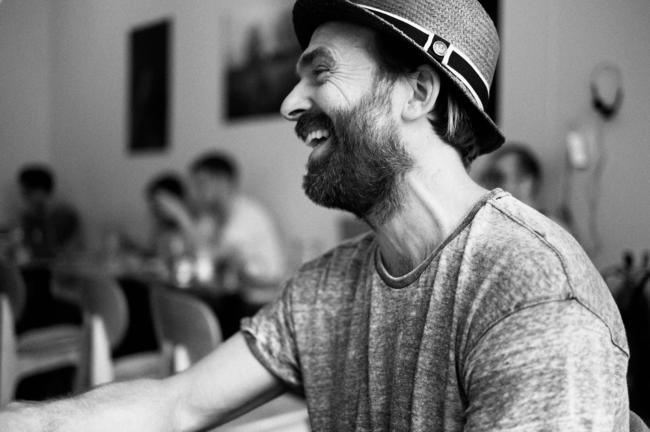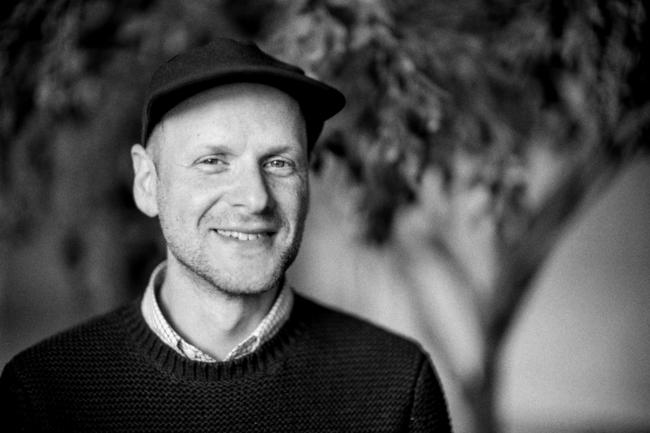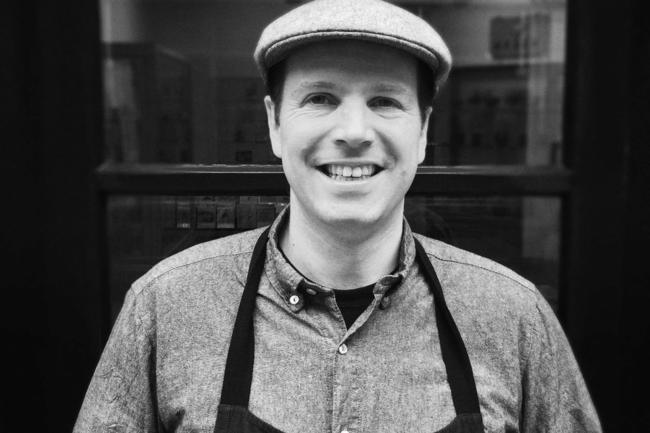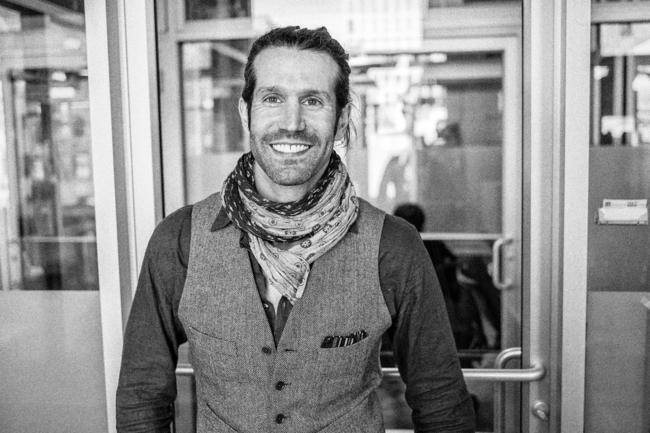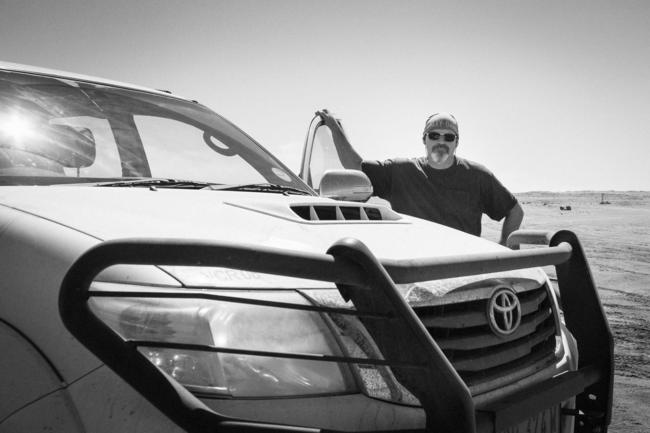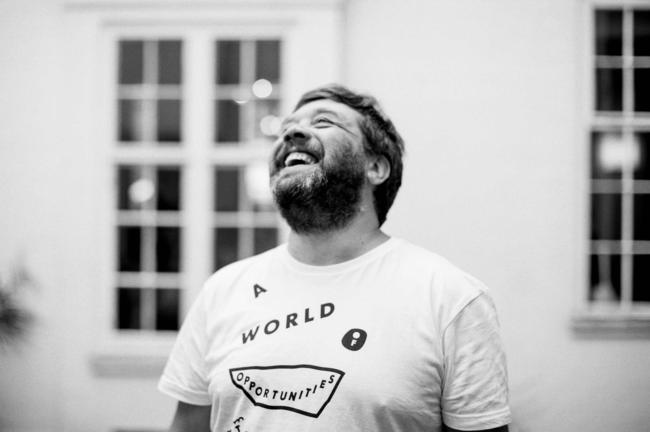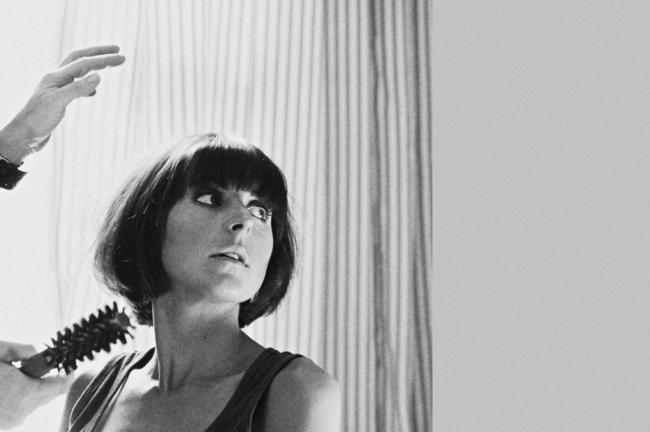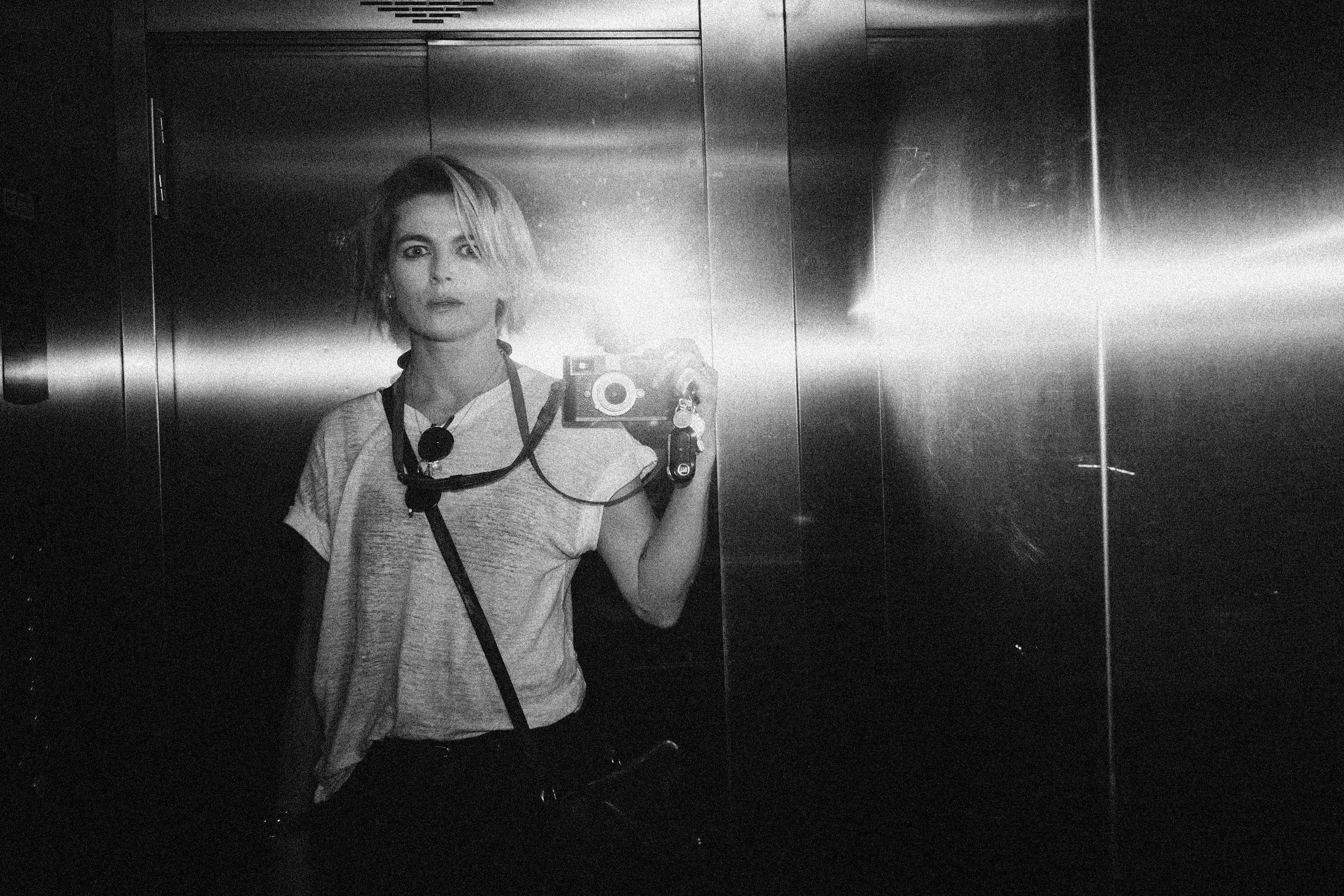
Conversation with Sarah M Lee
For Sarah M Lee, portraiture, features and the arts are often her focus but she loves all photography exploring people and our shared human experience. Her photographs are often a study of the in between moments of human proximity. The stories framed in her images range from the dramatic to the extremely poetic.
Away from commercial work, Sarah is an official BAFTA photographer and a seasoned regular for The Guardian and Observer newspapers. Her images have appeared in many other places, including Rolling Stone, TIME magazine, Vanity Fair and Billboard.
Personal projects for Sarah centre on some very fascinating subjects: from beach life at the edge of America off Route 66 to documenting those liminal hours on London’s public transport in the middle of the night.
As a Leica ambassador, you can see why the inventors of documentary photography chose Sarah to represent them. She stands to the immediate; be it in bright daylight or at night.
How did your love of photography start?
I got given a camera for my 18th birthday but was desperately disappointed as I wanted one of those snazzy Olympus point-and-shoot ones. Instead, my Dad had picked up a dust-covered Pentax K1000 and it looked horrible. But once I’d run the first roll of film through it, I loved it and was absolutely obsessed.
I then went off to university to study literature. Photographic film was really expensive and I didn’t have any money for buying and developing it. But I found out if you worked for the student newspaper they gave you free film and unfettered access to its darkroom.
I was very lucky because Abbie Trayler-Smith was the editor at that time. She tested me out at a rat convention, which was all guys in beige sweaters watching slide projections. I wondered how to photograph it but one guy had a rat in his pocket. I got a cheesy shot of him with it on his shoulder that printed in the newspaper and I don’t think I’ve ever been so excited.
Then I learnt the ropes: it was London in the 1990s and you got to do really interesting things. The paper was a great launch pad into professional photography and I was lucky enough to get offered a job at The Guardian while I was doing my MA. I just stepped right in to the editorial world and other jobs came from that.
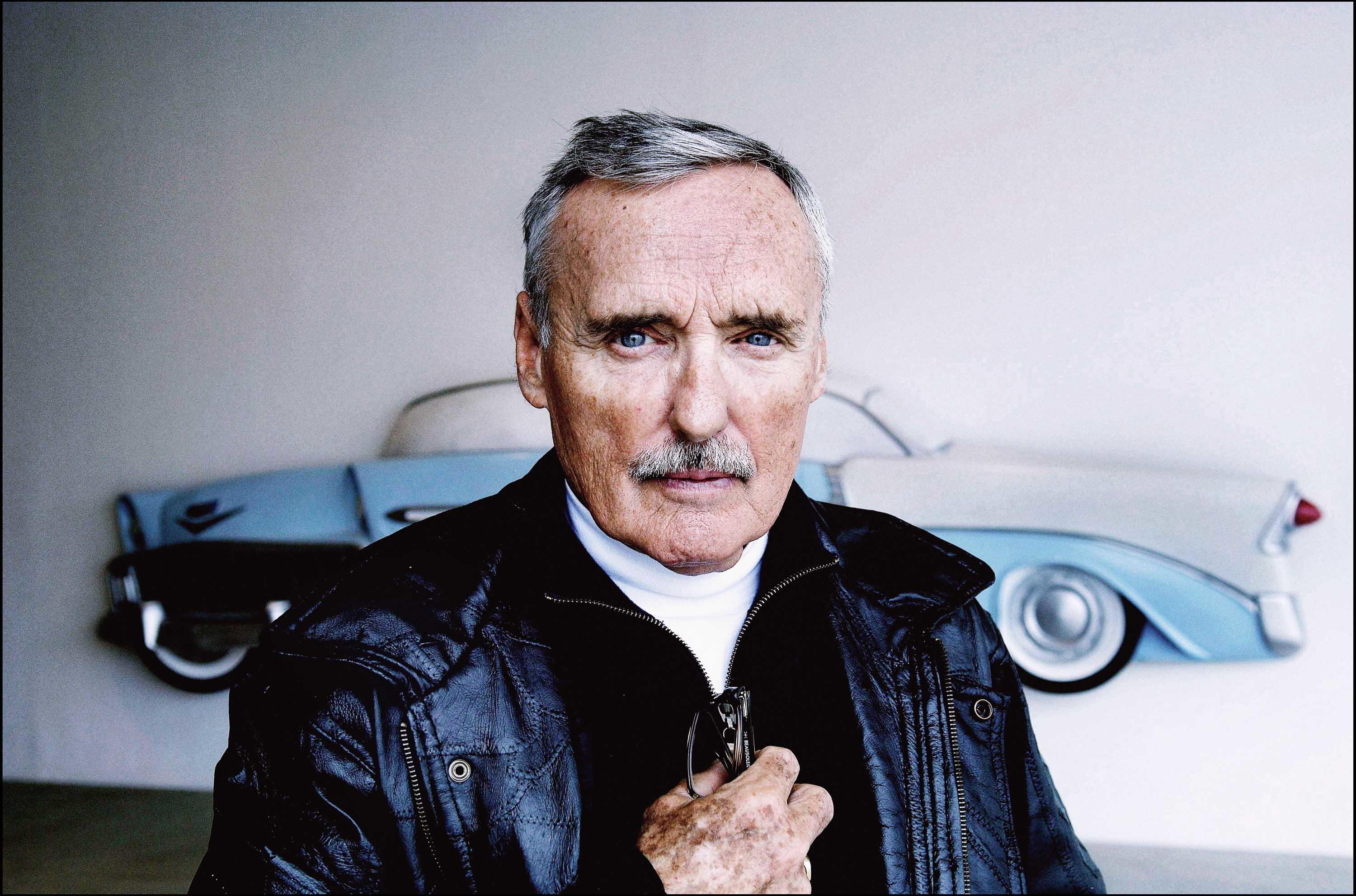
Why do you take pictures, apart from making a living? Photographers are often motivated by different factors.
I’ve paid for everything in my life through photography. But it’s not my main motivation. I wish I could say it’s entirely because I have a campaigning spirit to make the world better. I am political but I love people – humanist photographers are the ones I started being most interested in. I like the moments that connect us and finding points of connection.
I love photography because of composition and expression. I’m not musical and can’t paint but can use photography as an expression of how I see the world. I’m a realist but also quite optimistic: there are many things that divide us politically, socially, racially, socioeconomically and geographically, but there are always moments of connection. When you look at a photograph and understand the person in it or you feel an emotional connection with whatever is going on: that’s normally my end game, with all my work. Even commercially, it’s normally about finding those points of connection.
Compassion and the human condition mean we can all shared bonds in life, even with people whose lives seem very different or who we don’t ever meet. And to have that power with photography is what it’s all about, isn’t it?
One of my favourite quotes [from Shadowlands] is that we read to know we’re not alone. I think similarly with photography it can be someone’s work in Africa or refugee camps; human experiences that aren’t that similar to your own. But if you’re moved and have that point of emotional connection with the subject, I find that very consoling. It makes sense of a connection in our chaotic world. As a photographer, you feel satisfied you’ve done a job and taken a picture that’s powerful enough.
I often get asked what makes a good photographer. Obviously there is composition, technical ability, light and so on. But all these elements, be it for reportage or an incredibly-lit studio photo, an image of a car, fighter plane or a person, are in service to the emotional engagement of the viewer. That applies whether it’s to buy a Ferrari or better understand the human experience of someone you haven’t met.
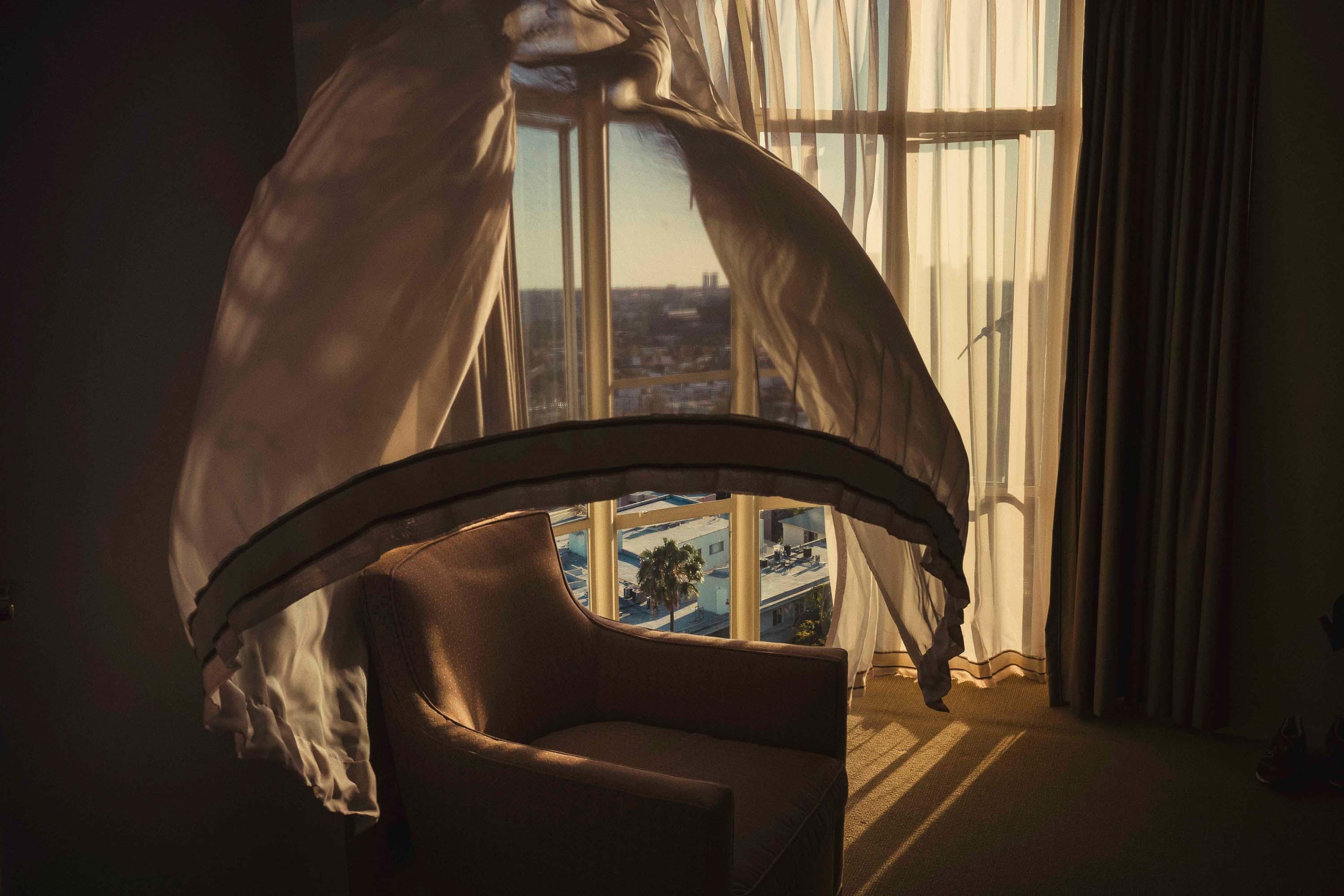
How do people describe your style? What reactions do you get to your photography?
I am told it’s very distinctive and recognisable and I’m always incredibly surprised by that because I just shoot in the way that I see. I think the nicest compliment came from Witold [co-founder of Tea & Water Pictures], who rang me up before we met and said “You seem like a very kind person from your photography”. I was delighted someone would look at my work and think that. I’ve also been told my works creates a lot of empathy. That is definitely something I strive for.
What are some of your stand-out shoots?
The Coldplay commission was lovely. It started off as one shoot and turned into all the publicity, advertising, iTunes image and inside record sleeve for an album. They are a band who can still command whatever budgets they want. I obviously have a lot of editorial experience and am used to turning up without an assistant, doing everything myself, but this was the polar opposite. For one shoot, they took over a disused airbase in San Francisco, setting off smoke bombs and all sorts. It was great. It was extremely fun creatively and nice to see the reach and how it got used.
Quite early in my career for The Guardian I went to shoot Ariel Sharon, a fairly controversial Israeli prime minister. It turned out to be pretty much the last big shoot with him before he had a stroke [and was incapacitated] and that was just fascinating. I was out there with a journalist and we were even upgraded in the hotel so we could be in rooms with bugs in them, quite obviously. We visited his farm. It was not long after 9/11 and in the interview he obviously wanted to make a point about terror. He wanted to show he wasn’t afraid to walk on the land, which wasn’t far from the Gaza Strip. We ended up fruit picking with him, which was very surreal. For the main portrait we drove in an armour-plated Land Rover, with me in the back seat, really wedged up close alongside this controversial political figure. We then arrived at a field full of bulls, where he wanted to do the photo, to make a point. I looked around and there were snipers and one guy standing very close with a proper rocket launcher, in case there was an attack from overhead.
What a bizarre but brilliant experience. Do share some more stories.
I photograph a lot of well-known people as do a lot of portraiture and that’s very interesting. I once went to Pompeii to photograph [Pink Floyd’s] David Gilmour for Rolling Stone. It was the first time there had been a live audience in the amphitheatre since AD79, nearly 2000 years ago, when the volcano erupted. It was just me and another photographer. That was great fun.
Through this career I’ve been in prisons, cabinet offices, world class ballet rehearsals, fascinating film sets. I’ve photographed several people in relation to the recent Windrush scandal and also Grenfell Tower survivors. When stories like that break, it is such a privilege to have these first-hand, one on one experiences.
That’s what photography seems to do – opens doors to experiences and seeing the world in a different way, that most people see only through advertising and the press.
It really is such a privilege and I suppose it’s important not to forget that. Let’s talk about some of your personal projects, starting with Sidewalk America – about the urban American experience.
It began about five years ago. I wanted to do an editorially-minded piece, just for sake of something I liked. I came up with the idea of walking from sunrise to sunset on Sunset Boulevard. I love the idea of road trips in America and thought why not do on foot, as fewer people walk these days. Teaming up with writer, novelist and broadcaster Laura Barton, we set ourselves one rule: don’t go backwards or do it after dark. The streets become something different after sunset. We took two days to do it and loved it. It was published in The Economist’s Intelligent Life [1843 magazine] and we decided to make a series of it. We walked almost the length of Broadway, from down by Staten Island Ferry to about 170th Street. We did 8th street in Miami, starting in the swamps along the dual carriageway and finishing in the Keys by the yachts. The iconic Woodward Avenue in Detroit was another one. You start in these gentrified areas, then walk through something like scenes from Mad Max, into the city, with this incredibly beautiful architecture.
Every time we’ve done another road trip on foot, it’s felt great to work for the sake of creating worthwhile photography.
That project has led onto West of West, exploring the edge of the U.S. at Route 66 in California. Like Sidewalk America, the work has this very potent, arresting vibrancy. How did it come about?
It’s had a really good response and is being published by Unbound. I have quite a connection to California and the idea actually came to me from surfing. When you’re out on the water, sitting out beyond the shore, you spend your whole time looking back and in at Los Angeles and California. You often see planes shooting out of the airport and they go across sea, then turn around and make their way back across the land.
I began brewing up all these ideas that you head west. I was getting more and more fascinated with this place that I love, so I started exploring the area at the end of Route 66, around Santa Monica Pier. It’s a place where people and cultures meet. Obviously lots of people have been fascinated by the seaside because so many people congregate there.
I started prowling with my camera, just for joy of it. A series slowly emerged and I had quite strong views about what it was trying to achieve. It uses a unifying colour palette to document certain moments of similar emotional tone and connection. Hopefully it creates a slice of modern America, where there is something very unifying about going to the beach. There’s this sense of going west for a better life or even just a better weekend in the sun.
And finally, there’s also the very bewitching Tender are the Nighthawks. The photographs in this series feel very soothing but there’s also a slight melancholic beauty to them.
There are a lot of photographers interested in public transport. It’s another place that’s fascinating if you have something to say about people and are interested in these intersections and where people cross paths – for example on trains, night buses and the underground.
I think there’s something very attractive about that but I’m also just a dreadful insomniac and night owl. And when I don’t have work at the weekends, I often find myself awake, editing and watching Netflix at 2am, feeling quite lively. I got interested in this idea of last journeys and when the tipping point is. I live at the tipping point of central London, where there’s a furious amount of noise and bottles clanking until about 3am. Things then suddenly dampen down and there’s this quiet patch before the city really wakes up again.
I started wandering the streets, a lot in Camden but other spots too, capturing that final journey of the day on buses and at bus stops – mostly people going home but some who are just starting their days.
West of West I did on my Leica, just with a 35mm f/2 lens (Summicron). I like setting myself a technical parameter for a series. And with Nighthawks, I just use a 50mm 1.4 lens (Summilux), as you need to get pretty close to the subjects. There’s no shooting from the hip, you have to be really quite focused.
Nighthawks is a series I’m not in a rush with. I think a bit of time will benefit it and I’m really enjoying the challenge. There’s one shot in the series of a women reading her bible. I think she’s on her way to work, opposite to what most people are doing. I took her portrait quite close up because she was so absorbed in her bible, she didn’t see me.
There’s an in between, almost liminal feel to this series – these passages of time that people are sharing but for different reasons.
In a big, pounding city, there are very few moments where the roads are clear and the noise just dies down. But by 3am, even the biggest night owl city dwellers have to follow some kind of circadian rhythm.
I find the work on buses and in America such a shot in the arm for all of my creative work. It’s a means of recharging and resetting your relationship with photography in a way that feeds into the professional. It’s so invaluable. But it took me too long to work that out. I had a successful, busy working career in photography but I think in the first decade I lost touch with my youthful 18-year-old obsession with image-making. It wasn’t until a bought a digital Leica that I rethought my practice and really fell for photography in the sense that it became a true vocation. Telling stories through worthwhile images is something I feel I should do, regardless of the professional side. It’s what matters most to me. I think taking that view has meant I’ve had far better clients, as people respond better to my work.
When we talk about an emotional connection with photography, in the commercial world everyone now talks about authentic storytelling, photographing ‘real’ people, to further that emotional connection. Your work feels very authentic in this way.
I’m not a complete purist, only using natural light. But I think people respond to an honest emotional connection. With advertising, you are never just selling a pair of shoes – it’s a philosophy and you want people to feel it’s real and buy into it.
If you think about portraiture, for example, where is the line in advertising and real life? Many campaigns are so convincingly authentic. There is some insanely incredible portraiture in advertising that you can say isn’t from life. But obviously there are brands and campaigns that want to really blur that line. It’s a much more interesting way to sell things.
Lastly, what’s it like being an official BAFTA photographer?
It’s a bit like a genteel prison riot, with incredibly beautiful people, all beautifully dressed. I’ve done about eight awards now and I get a pass that lets me go anywhere. Being free to roam is brilliant and they seem to like what I produce.
Why do you shoot this work in black and white?
Ninety per cent of my photography is entirely focused on colour and most of what I’m interested in saying is in colour. But with BAFTA I felt very strongly about using black and white, as it cuts out the visual noise from all the film crews, sponsors and the rest of it. I’m interested in trying to capture moments that show intimacy in this massive, noisy public event. It’s a fascinating environment photographing not just the stars but also the fans.
